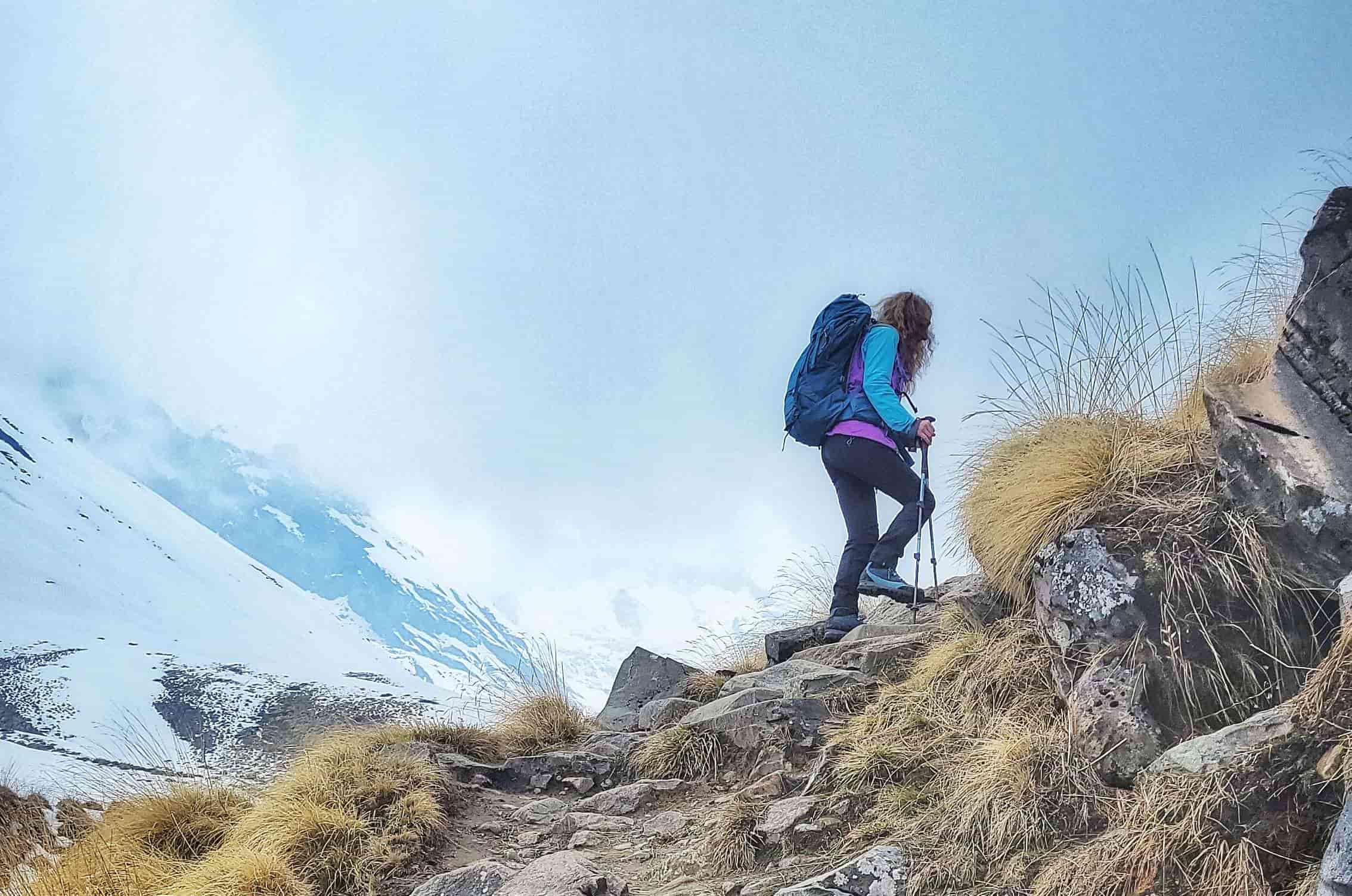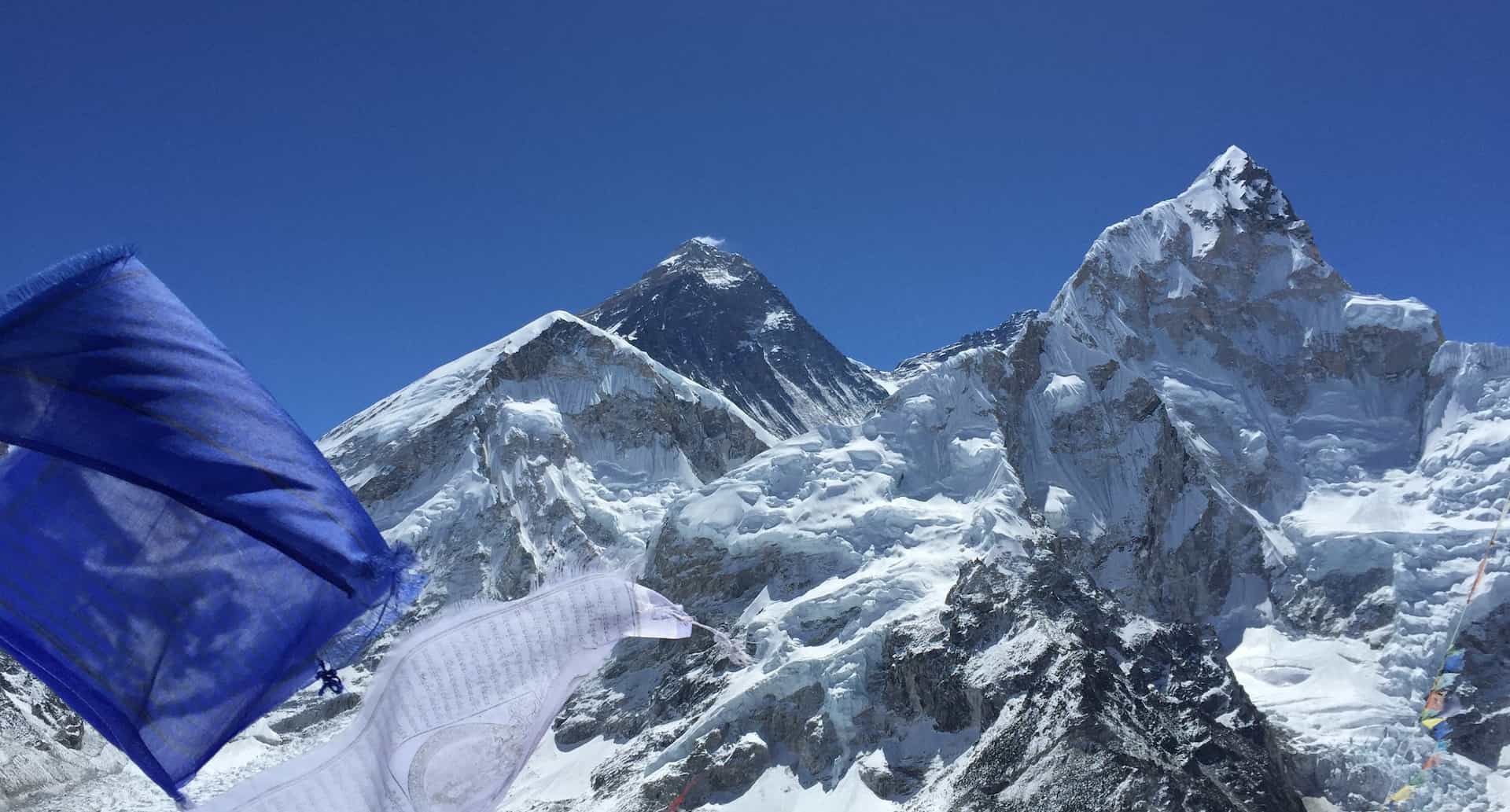17th Feb, 2023
Everest Base Camp Trek 2023
Introduction
Nestled in the heart of the Himalayas, the Everest Base Camp Trek 2023 is a bucket-list adventure that attracts thousands of trekkers from around the world each year. Spanning over 130 km, the trek takes you through some of the most breathtaking landscapes on earth, including towering peaks, glacial rivers, and ancient monasteries.
Table of Contents
If you're considering the Everest Base Camp Trek 14 Days, you're in for an unforgettable experience that will test your limits and reward you with some of the most awe-inspiring sights on earth. In this post, we'll provide a comprehensive Everest base camp trek blog guide, covering everything you need to know to plan a safe and successful journey to Everest Base Camp.
Here Are The Key Points We'll Cover In This Post:
- Everest Base Camp Trek Route: We'll provide a detailed overview of the ebc trek route, including the starting point, landmarks along the way, and the final destination.
- Everest Base Camp Trek Map: We'll provide an Everest Base Camp Trek Map of the route to help you visualize the trek and plan your itinerary.
- Everest Base Camp Trek Itinerary: We'll provide suggested ebc trek itinerary, including information on where to stay and what to see along the way.
- Everest Base Camp Trek Distance: We'll provide information on the total Mount Everest Base Camp trek distance, as well as daily distances and elevation gains.
- Everest Base Camp Trek Difficulty: We will discuss how hard it is to trek to Everest base camp. This includes high altitudes, rugged terrain, and unpredictable weather.
- Weather on Everest Base Camp Trek: We'll provide information on the best time for Everest base camp trek and what to expect in terms of weather conditions.
- Everest Base Camp Trek Height: We'll provide information on the height of the ebc trek and how to acclimatize to avoid altitude sickness.
- Everest Base Camp Packing list: We'll provide a comprehensive list of the gear and equipment you'll need for the trek, including clothing, footwear, and camping gear.
- Everest Base Camp Cost: We'll provide information on the cost of the trek, including permits, accommodations, and food.
The Best Time To Trek: We'll provide information on the best time to trek in Nepal to Everest Base Camp, taking into account weather, crowds, and other factors.
Whether you're a seasoned trekker or a first-timer, Northern Trekking Team will help you plan a safe and enjoyable trek to Everest Base Camp. Let's get started!
EBC Trek Trekking Route Information
Mount Everest Base Camp Trek starts in Lukla, a small town in the Solu Khumbu district of Nepal. To get there, most trekkers fly from Kathmandu to Lukla Nepal Airport, a flight that takes about 35 minutes and offers stunning views of the Himalayan mountains.
From the small airport Lukla, the trek follows the Dudh Kosi River and passes through several Sherpa villages, including Phakding, Namche Bazaar, Tengboche, Dingboche, Lobuche, Gorak Shep and Kala Patthar. Along the way, trekkers will encounter breathtaking Nepal mountain vistas (the highest peak Everest, Ama Dablam, and much more), colorful prayer flags, and Tengboche and Pangboche monasteries.
The final destination of the trek is Everest Base Camp 5,364 meters (17,598 feet) and Kala Patthar 5,545 meters (18,192 feet) above sea level. From there, trekkers can enjoy breathtaking views of the highest summit Everest, and other towering peaks with clear skies.
The Everest Base Camp Trek packages is a challenging adventure that requires physical fitness, mental stamina, and proper preparation. The trek involves steep ascents and descents, narrow paths, and higher altitudes. Trekkers should be prepared to hike for several hours each day and to face unpredictable Everest Base Camp weather conditions.
To tackle the challenges of the trek, trekkers should train beforehand by doing cardio exercises, such as running and hiking, and building up their endurance. They should also acclimatize to the altitude by taking their time and allowing their body to adjust to the thinner air. Additionally, it's important to stay hydrated, well-fed, and well-rested throughout the trek.
Here's A 14 Days Everest Base Camp Trek Map Of The Route To Help You Visualize The Trek:
Everest Base Camp Trek Route Map
As you can see, the Main route takes you through some of the most breathtaking landscapes on earth, including soaring peaks, glacial rivers, the Khumbu glacier, and lush forests. With proper preparation and a sense of adventure, the Mt Everest Base Camp Trek is an experience of a lifetime.
Everest Base Camp Trek Itinerary
Day 1: Fly from Kathmandu to Lukla (2800m/9186ft), trek to Phakding (2610m/8563ft) - 8km/5mi, 3-4 hours
Stay overnight in a teahouse in Phakding.
Day 2: Trek from Phakding to Namche Bazaar (3440m/11,283ft) - 10.5km/6.5mi, 6-7 hours
Stay overnight in a teahouse in Namche Bazaar.
Day 3: Acclimatization Day in Namche Bazaar
Visit Hotel Everest View (3,800m) and spend the day exploring the town and acclimatizing to the altitude.
Stay overnight in a teahouse in Namche Bazaar.
Day 4: Trek from Namche Bazaar to Tengboche (3860m/12,664ft) - 10km/6.2mi, 5-6 hours
Visit Tengboche Monastery, one of the most famous monasteries in the region.
Stay overnight in a teahouse in Tengboche.
Day 5: Trek from Tengboche to Dingboche (4410m/14,469ft) - 11km/6.8mi, 5-6 hours
Stay overnight in a teahouse in Dingboche.
Day 6: Acclimatization day in Dingboche
Spend the day exploring the town and acclimatizing to the altitude.
Stay overnight in a teahouse in Dingboche.
Day 7: Trek from Dingboche to Lobuche (4910m/16,108ft) - 11km/6.8mi, 5-6 hours
Stay overnight in a teahouse in Lobuche.
Day 8: Trek from Lobuche to Gorak Shep (5140m/16,863ft) and visit Everest Base Camp (5364m/17,594ft) - 15km/9.3mi, 9-10 hours
Stay overnight in a teahouse in Gorak Shep.
Day 9: Hike to Kala Patthar (5545m/18,192ft) for sunrise, trek back to Pheriche (4280m/14,070ft) - 13km/8.1mi, 7-8 hours
Stay overnight in a teahouse in Pheriche.
Day 10: Trek from Pheriche to Namche Bazaar - 20km/12.4mi, 6-7 hours
Stay overnight in a teahouse in Namche Bazaar.
Day 11: Trek from Namche Bazaar to Lukla - 18km/11.2mi, 6-7 hours
Stay overnight in a teahouse in Lukla.
Day 12: Fly back to Kathmandu from Lukla
Note: Trek duration and distances can vary depending on individual fitness levels and acclimatization needs. It is important to consult with licensed trekking guides and take necessary precautions to ensure a safe and enjoyable experience. The journey from Lukla to Everest base camp typically takes 8 days.
Everest Base Camp Trek Difficulty
Nepal Everest Base Camp Trek is considered to be a challenging and strenuous trek. The difficulty of the trek largely depends on several factors, including the Everest Base Camp altitude, length of the trek, terrain, and weather conditions.
The trek involves on average 5-6 hours of walking each day, sometimes up to 8 hours, over varied terrain, which can be steep and rocky in some areas. Everest base camp elevation is a significant challenge as trekkers will be ascending to heights over 5,364 meters (17598 feet). Altitude sickness is a risk for anyone trekking at high elevations, and it is essential to take necessary precautions and acclimatization breaks.
The trek duration is typically around 12-14 days, covering a total distance of approximately 130 km (80 miles) round trip. During this time, trekkers will pass through various small Sherpa villages and settlements, providing opportunities to experience the local culture and traditions of the region.
Overall, Everest Trekking requires a good level of physical fitness, stamina, and endurance. It is recommended that trekkers prepare for the trek by engaging in physical training beforehand, such as hiking or running, to build up their endurance and fitness levels. It is also important to pack suitable gear and clothing for the conditions, including warm layers, sturdy hiking boots, and a good quality backpack.
Everest Base Camp Trek Accommodation And Meals
During the mt Everest Base Camp Trek, there are various options for accommodation and meals along the way.
For accommodation, there are tea houses and lodges available in most of the villages on the trail. These tea houses and lodges typically provide basic but comfortable accommodation, with private rooms or shared dormitories. Most of the tea houses and lodges offer communal dining areas where trekkers can enjoy meals and socialize with other travellers.
As for meals, the tea houses and lodges serve a variety of local and international cuisine, including Himalayan food, and Indian, Tibetan, and Western dishes. The food is generally simple but filling, with options like Dal Bhat (lentil soup and rice), momos (dumplings), and pasta dishes. It's recommended to avoid meat dishes as they may not be as fresh and could cause illness.
Trekkers should be prepared for the possibility of limited food options and higher prices at higher altitudes, as supplies need to be carried in on foot. It's important to carry cash in small denominations to pay for meals and accommodation, as credit cards are generally not accepted.
Everest Base Camp Trek Cost
Ebc trek cost varies depending on several factors, such as the trekking route, duration, season, and level of service.
Here Is A Breakdown Of The Major Expenses Involved In The Trek:
- Trekking Permit: All trekkers are required to obtain Everest Base Camp Trek permit to enter the Sagarmatha National Park, which costs around $30 per person.
- TIMS Card: The Trekkers' Information Management System (TIMS) card is another mandatory permit that costs around $20 per person.
- Flights: Most trekkers fly from Kathmandu to Lukla, which is the starting point of the trek. The cost of a round-trip flight ticket ranges from $360 to $400 depending on the season and airline.
- Accommodation and Meals: The cost of accommodation and meals varies depending on the level of service and location. Teahouse accommodation can cost around $10 to $15 per night, while meals cost around $5 to $10 per meal.
- Everest Base Camp Trek Guide and Porter Fees: Hiring a guide and porter is recommended, especially for those who are new to trekking or want to reduce their load. A guide can cost around $25 to $35 per day, while a porter can cost around $20 to $25 per day.
- Gear and Equipment: The cost of gear and equipment varies depending on whether you rent or buy them. The major items include trekking boots, a down jacket, a sleeping bag, a backpack, and trekking poles.
- Miscellaneous Expenses: This includes travel insurance, visa fees, and additional expenses such as hot showers and charging of electronic devices.
In summary, the total cost of the Everest Base Camp trek can range from $1,000 to $3,000 per person depending on the above factors. It is important to note that this is just an estimate and the actual cost may vary based on individual preferences and choices.
EBC Trek Preparation
The Everest South Base Camp Trek is a challenging adventure that requires careful preparation and planning.
Here Are Some Essential Preparations You Need To Make Before Embarking On This Journey:
- Physical Training: Training for Everest base camp Trek involves several days of continuous hiking at high altitudes. It's essential to build up your fitness level and stamina through cardio exercises such as running, hiking, and cycling. It's also crucial to consult your doctor before starting your training to ensure that you are in good health and fit for the trek.
- Gear Selection: Choosing the right hiking equipment list for the Everest Base Camp Trek is crucial to ensure that you are comfortable, safe, and prepared for the harsh mountain environment. Some essential gear includes sturdy hiking boots, waterproof clothing, a warm sleeping bag, a backpack, trekking poles, and a headlamp. You can rent or buy these items in Kathmandu or bring them from home.
- Travel Arrangements: To get to Lukla, the starting point of the trek, you need to fly from Kathmandu Nepal. It's recommended to book your flight in advance, especially during peak Nepal trekking seasons. You should also arrange for a trekking permit and a TIMS (Trekkers' Information Management System) card, which you can obtain through a registered trekking agency.
Practical Tips
Here Are Some Practical Tips To Help You Prepare For The Trek:
- Hire a Guide: When planning the Everest base camp trek for beginners, it is highly recommended that you hire a guide, especially if it's your first time hiking in Nepal. A guide can help you navigate the route, communicate with the locals, and ensure your safety.
- Obtain Permits: You need to obtain a Sagarmatha National Park entry permit and a TIMS card before starting the trek. These can be obtained through a registered trekking agency.
- Pack a First Aid Kit: It's essential to pack a first aid kit with basic medications, such as painkillers, anti-diarrhoea pills, and altitude sickness medication.
- Stay Hydrated: It's important to drink plenty of water throughout the trek to avoid dehydration.
- Acclimatize Slowly: It's recommended to acclimatize slowly and take your time to allow your body to adjust to the altitude. Take rest days and avoid over-exerting yourself.
Concerns
Here Are Some Concerns That Prospective Trekkers May Have:
- Altitude Sickness: Altitude sickness is a common concern among trekkers in the Khumbu region. It's essential to acclimatize properly and recognize the symptoms of altitude sickness, such as headache, nausea, and dizziness. If you experience any symptoms, it's important to descend immediately.
- Facilities: Facilities along the route can be limited, especially in high-altitude areas. It's essential to carry drinking water, as well as any medication or personal hygiene items you may need. You can also buy basic supplies in the villages along the way, but they may be more expensive and of lower quality.
With proper preparation, the Everest Base Camp Trek can be a rewarding and unforgettable experience. By following these tips and addressing your concerns, you can embark on this adventure with confidence and excitement.
Trek Experience
Trekking to Everest Base Camp is a once-in-a-lifetime experience that is both physically and emotionally challenging, but also incredibly rewarding. In this section, we'll provide a detailed account of what it's like to trek to Himalayan Base Camp, including the sights, sounds, and emotions experienced along the way.
As trekkers make their way through the majestic Himalayan mountain range, they are treated to breathtaking vistas of snow-capped peaks, rugged valleys, and vibrant Sherpa villages. The sound of rushing rivers and fluttering prayer flags create an ambience of peace and serenity. The trek offers a unique opportunity to immerse oneself in the culture of the region and interact with the local people.
But the trek is not without its challenges. The high altitude can be physically and mentally demanding, and trekkers must be prepared to tackle this head-on. The steep climbs and descents can take a toll on the body, and it's important to take regular breaks and stay hydrated. But with determination and perseverance, trekkers can overcome these challenges and reach their goals.
Many trekkers describe the experience as life-changing, as it offers a chance to disconnect from the hustle and bustle of everyday life and connect with nature and oneself. Personal anecdotes and stories from other trekkers can illustrate the unique and transformative nature of the experience.
Everest Base Camp Photos
Everest Base Camp Video
Everest Base Camp Trek Tips and Tricks
To Ensure A Safe And Successful Trek To Everest Base Camp, Here Are Some Additional Tips And Tricks:
Take acclimatization breaks
The high altitude and low oxygen levels of the Himalayas can be taxing on the body. To minimize the risk of altitude sickness, it's important to take frequent breaks to allow your body to adjust. Most trekking itineraries include rest days for this purpose, and it's recommended to avoid ascending more than 300-500 meters per day.
Avoid off-season
If you are planning to trek to Everest Base Camp, it is generally recommended to avoid the off-season. The main seasons for the Everest Base Camp trek are from March to May and from September to November, with the peak season being in April and October.
During the off-season, which is typically from December to February and from June to August, the Nepal weather can be more unpredictable and there may be more snow and ice on the trail, which can make trekking more difficult and potentially dangerous.
Additionally, some ebc teahouses and lodges along the trail may be closed during the off-season, which can limit your accommodation options and make it more challenging to plan your trek to everest base camp itinerary.
That being said, some trekkers do choose to trek during the off-season, as the trails are generally less crowded and the views can be even more spectacular with snow-capped peaks and clearer skies.
However, it is important to be well-prepared for the colder Everest Base Camp Temperature and potential weather hazards and to make sure you have the right gear and hiking equipment list for the conditions.
Stay safe and healthy
The Everest Base Camp Trek is a challenging and physically demanding adventure. It's important to take good care of yourself by staying hydrated, getting enough rest, and following basic hygiene practices such as washing your hands regularly.
Additionally, it's recommended to join a Northern Trekking Team for added safety and support.
For More Information On The Everest Base Camp Trek, Here Are Some Helpful Resources:
- The Official Nepal Tourism Website:https://ntb.gov.np/en/things-to-do/trekking
- The Lonely Planet Guide To Trekking In The Everest Region: https://www.lonelyplanet.com/nepal/everest-region
- Trekking Equipment For The Everest Base Camp Trek: https://www.northerntrekkingteam.com/travel-info/trekking-equipment
Everest Base Camp Trek Frequently Asked Questions (FAQs)
- How hard is the Everest base camp trek?
The Everest Base Camp trek is considered to be a challenging trek, requiring a good level of physical fitness, as well as mental toughness and perseverance. The trek involves hiking through rugged terrain and steep mountain trails, often at high altitudes, which can make the trek quite physically demanding. The highest point of the trek is the summit of Kala Patthar, which stands at an altitude of 5,545 meters (18,192 feet), and trekking to this point requires a gradual ascent and careful acclimatization.
- How expensive is Everest Base Camp Trek?
The cost of the Everest Base Camp trek varies based on several factors, including the trekking agency, itinerary, services included, and season. On average, the trek can cost anywhere between $1,199 to $3,000 USD. This cost typically covers permits, accommodations, meals, guides, porters, and transportation within the region. The higher end of the range may include luxury services (luxury Everest base camp trek) and more comprehensive support throughout the trek. It's essential to carefully review what is included in the Everest Base Camp package and plan accordingly.
- How long is the Everest base camp trek?
The length of the Everest Base Camp trek varies depending on the itinerary and route were taken, but on average it takes about 12 to 14 days to complete. The trek covers a distance of approximately 130 km (80 miles) round trip, starting and ending in the town of Lukla. The distance covered each day ranges from 6 to 15 km (4 to 9 miles), with the longest day being the trek to and from the Everest Base Camp itself. The duration of the trek can be extended or shortened depending on the individual's physical fitness, acclimatization needs, and preferred everest base camp itinerary. It's important to note that the trek involves steep ascents and descents, and the high altitude and unpredictable weather can make the trek challenging even for experienced hikers.
- How high is Everest base camp?
The elevation of Everest Base Camp (EBC) is approximately 5,364 meters (17,598 feet) above sea level. EBC is the starting point for expeditions to climb Mount Everest, which is the highest mountain in the world with a summit elevation of 8,848 meters (29,029 feet).
-
What to pack for the Everest base camp trek?
Packing for the Everest Base Camp trek requires careful consideration to ensure that you have all the necessary gear to make the journey both comfortable and safe.
Here Are Some Essential Items To Pack:
- Clothing: Dress in layers, including a base layer, insulating layer, and outer shell. Fleece jackets, waterproof pants, and comfortable trekking pants are recommended. Be sure to pack a warm hat, gloves, and a buff for the chilly mornings and nights.
- Footwear: Good quality, comfortable, and waterproof trekking boots with good ankle support are essential. Also, bring some extra pairs of comfortable socks.
- Backpack: A sturdy backpack with a capacity of at least 40 litres is ideal for carrying essential items like water bottles, snacks, and extra clothing.
- Sleeping Bag: A high-quality sleeping bag rated for low temperatures is necessary to stay warm during cold nights.
- Trekking Poles: These can help reduce the impact on your knees and provide stability on uneven terrain.
- Headlamp: A headlamp is a must-have item for trekking at night and in the early mornings.
- Medications and First Aid Kit: It is always advisable to carry essential medications like pain relievers, altitude sickness medication, and other prescriptions, along with a first aid kit.
- Toiletries: Pack essential toiletries like wet wipes, toilet paper, hand sanitiser, and sunscreen.
- Water Purification Tablets: Carry water purification tablets to ensure that you have access to clean drinking water throughout the trek.
- Miscellaneous: Other useful items include sunglasses, a hat, a lightweight towel, a camera, and a power bank for charging electronic devices.
It is always recommended to pack light and keep in mind the weight restrictions imposed by airlines for baggage. Be sure to pack smartly, and only bring necessary items that will help you have a comfortable and safe trek.
- How long does it take to hike to Everest Base Camp?
The duration of the Everest Base Camp trek can vary depending on a variety of factors such as the route taken, weather conditions, the physical fitness of the trekker, and the amount of time spent acclimatizing to the high altitude. Typically, the trek takes between 12-14 days, covering a total distance of around 130 km (80 miles) round-trip. However, some trekkers may take longer to complete the trek, spending additional time at various points along the way to rest and acclimatize. The trek usually begins and ends in Lukla Nepal, a small town in the Khumbu region of Nepal, and passes through numerous villages and landmarks along the way, including Namche Bazaar, Tengboche Monastery, and Gorak Shep.
- Which is harder Kilimanjaro or Everest Base Camp?
Comparing the difficulty of the Kilimanjaro and Everest Base Camp treks is not a straightforward task as both treks have their unique challenges. Kilimanjaro is a much shorter trek than Everest Base Camp, typically taking 5-9 days to complete, while Everest Base Camp takes 12-14 days on average. However, the altitude gained at Everest Base Camp is much higher than that of Kilimanjaro. The summit of Kilimanjaro is at 5,895 meters (19,341 feet), while the maximum Everest Base Camp trek elevation is at 5,545 meters (18,193 feet) at Kala Patthar.
Another factor to consider is the terrain. Kilimanjaro has a steeper, more direct ascent, with a shorter overall distance but requires more physical exertion. On the other hand, the Everest Base Camp trek has a longer overall distance, with a more gradual ascent and varied terrain that requires more endurance.
In summary, both adventure treks have their unique challenges, and the difficulty level will depend on several factors, such as the individual's physical fitness level, experience with high-altitude trekking, and personal preferences.
- Is Hiking to Everest Base Camp worth it?
Hiking to Everest Base Camp is worth it for those seeking adventure, stunning views, and a sense of accomplishment. The trek offers breathtaking mountain scenery, unique cultural experiences, and a challenging physical feat that can be life-changing. The journey to the base camp of the highest mountain in the world is not only a test of endurance and willpower but also an opportunity to connect with nature and oneself.
The trek takes you through small villages and towns, allowing you to interact with the local Sherpa people and experience their unique culture and way of life. You will pass through picturesque valleys, cross suspension bridges over rushing rivers, and climb steep hills to reach stunning mountain vistas. And, of course, you'll see Mount Everest in all its glory, along with other awe-inspiring peaks in the region.
The sense of accomplishment upon reaching Everest Base Camp is unparalleled. Trekking to an altitude of over 17,000 feet is no small feat and requires months of physical and mental preparation. It is a true test of endurance, strength, and perseverance. But with the right training and preparation, anyone can complete the trek and experience the thrill of standing at the foot of the world's highest peak.
Overall, the Everest Base Camp Trek is an experience of a lifetime that offers a unique blend of adventure, culture, and natural beauty. While it may be challenging, the rewards are well worth the effort.
- What percentage of people make it to Everest Base Camp?
The success rate of trekking to Everest Base Camp varies each year and can be influenced by several factors, such as weather conditions, altitude sickness, physical fitness, and trekking experience. However, it is estimated that approximately 85% to 90% of people who attempt to hike to Everest base camp successfully make it to the base camp. The remaining percentage may have to turn back due to altitude sickness, exhaustion, or other health issues, or may choose to return due to personal reasons. It's important to note that proper preparation, acclimatization, and having a skilled guide can significantly increase the chances of completing the trek.
- Is there cell service at Everest Base Camp?
There is limited cell service at Everest Base Camp, with a few areas where trekkers can find a signal. The signal is often weak and unreliable, and it can be difficult to get a consistent connection. Many trekkers choose to purchase a local SIM card to use during their trek, but even with a local card, cell service can be spotty. It's important to be prepared to be disconnected during the trek and to plan accordingly. Additionally, some teahouses along the trek route offer Wi-Fi, but it is often slow and unreliable, and there may be a charge to use it.
- Can a beginner trek Everest Base Camp?
Yes, a beginner with a good level of fitness and determination can trek to Everest Base Camp. It's essential to undergo proper preparation, including physical training and acclimatization. Starting with shorter treks and gradually building up endurance is advisable. Additionally, hiring experienced guides and following a well-planned itinerary can enhance the overall trekking experience for beginners.
- Which month is best for Everest Base Camp trek?
The best months for the Everest Base Camp trek are generally pre-monsoon (spring) season from March to May and post-monsoon (autumn) season from September to November.These months provide excellent visibility, allowing trekkers to enjoy stunning views of the mountains and landscapes. It's crucial to consider personal preferences and the experience you seek when choosing the timing of your trek.
- What is the max age for Everest Base Camp trek?
There is no specific maximum age for the Everest Base Camp trek. People of various ages, including those in their 60s and even 70s, have successfully completed the trek. It's advisable for older trekkers to consult with a healthcare professional and undergo a thorough medical evaluation before attempting the trek. Additionally, choosing a well-paced itinerary with adequate acclimatization days is essential for a safer and enjoyable trek, regardless of age.
Conclusion
In conclusion, the Everest Base Camp Trek 2023 is an unforgettable adventure that provides stunning natural scenery and an opportunity to experience the local culture. The trek is not easy, but with the right preparation and mindset, it is a life-changing experience that will stay with you forever.
In this post, we have covered everything you need to know to plan and enjoy the trek. We've discussed the Himalayan trek route, preparation, and the trek experience, and provided some tips and tricks for making the most of your trip.
So what are you waiting for? Take on the challenge and plan your trek to Everest Base Camp. It's a journey you'll never forget. Use the information provided in this post to start planning your adventure today. We wish you a safe and unforgettable trip!
Recent From Everest Base Camp Trek 2023
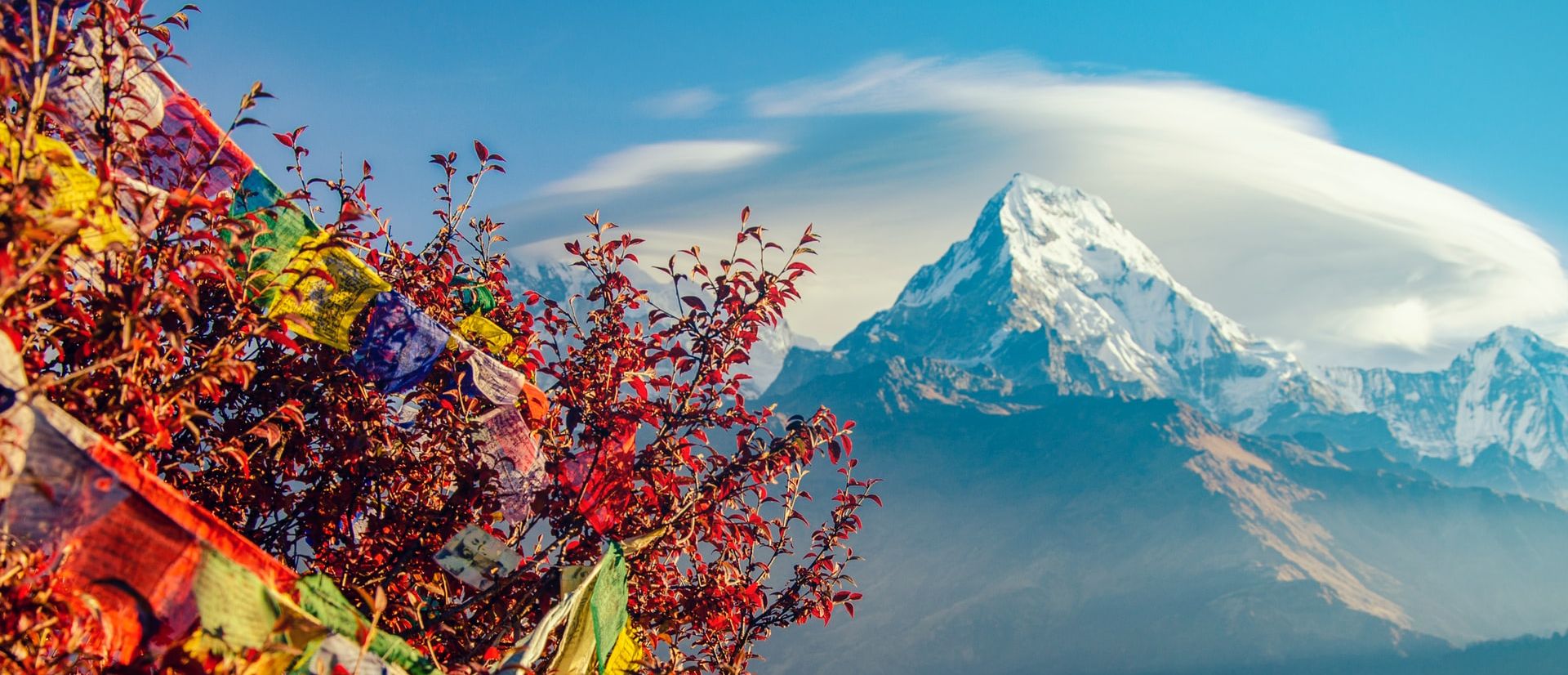
Jun 27, 2022
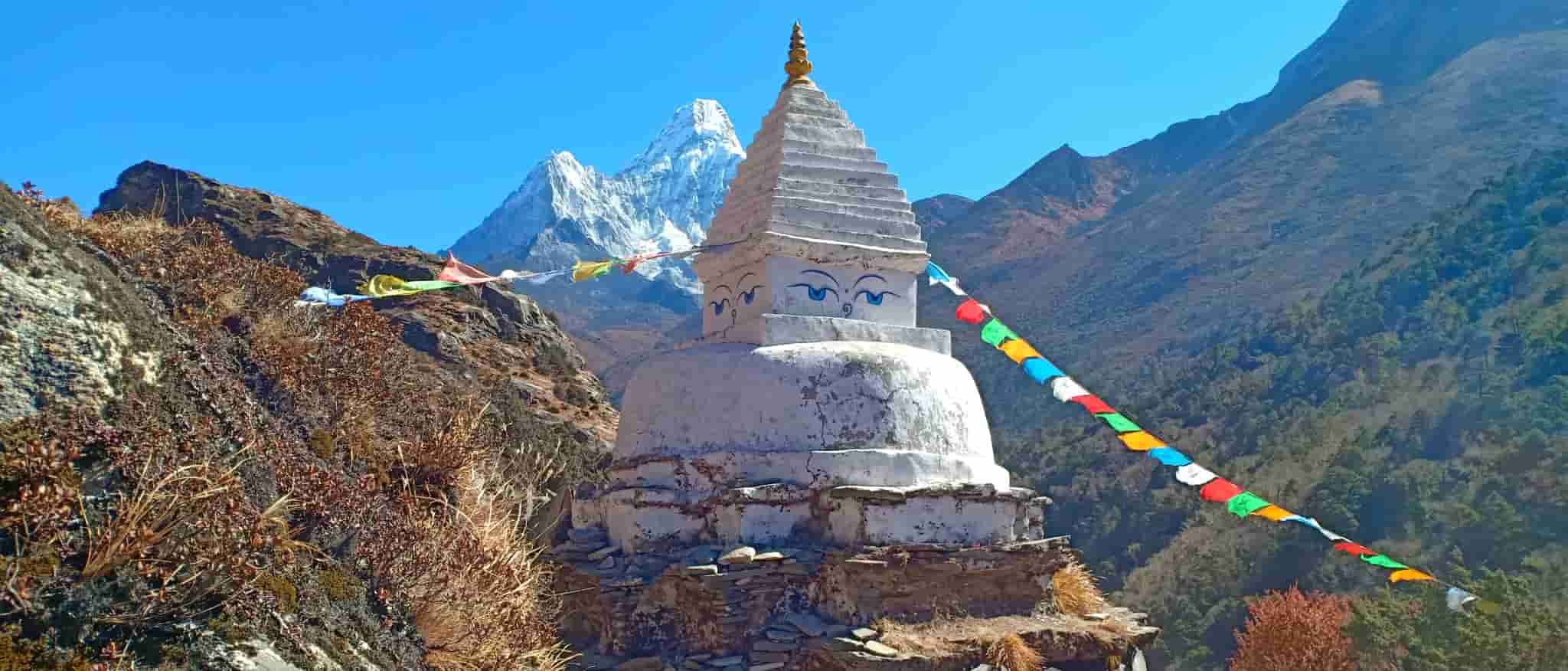
Jun 27, 2022

Jul 19, 2022
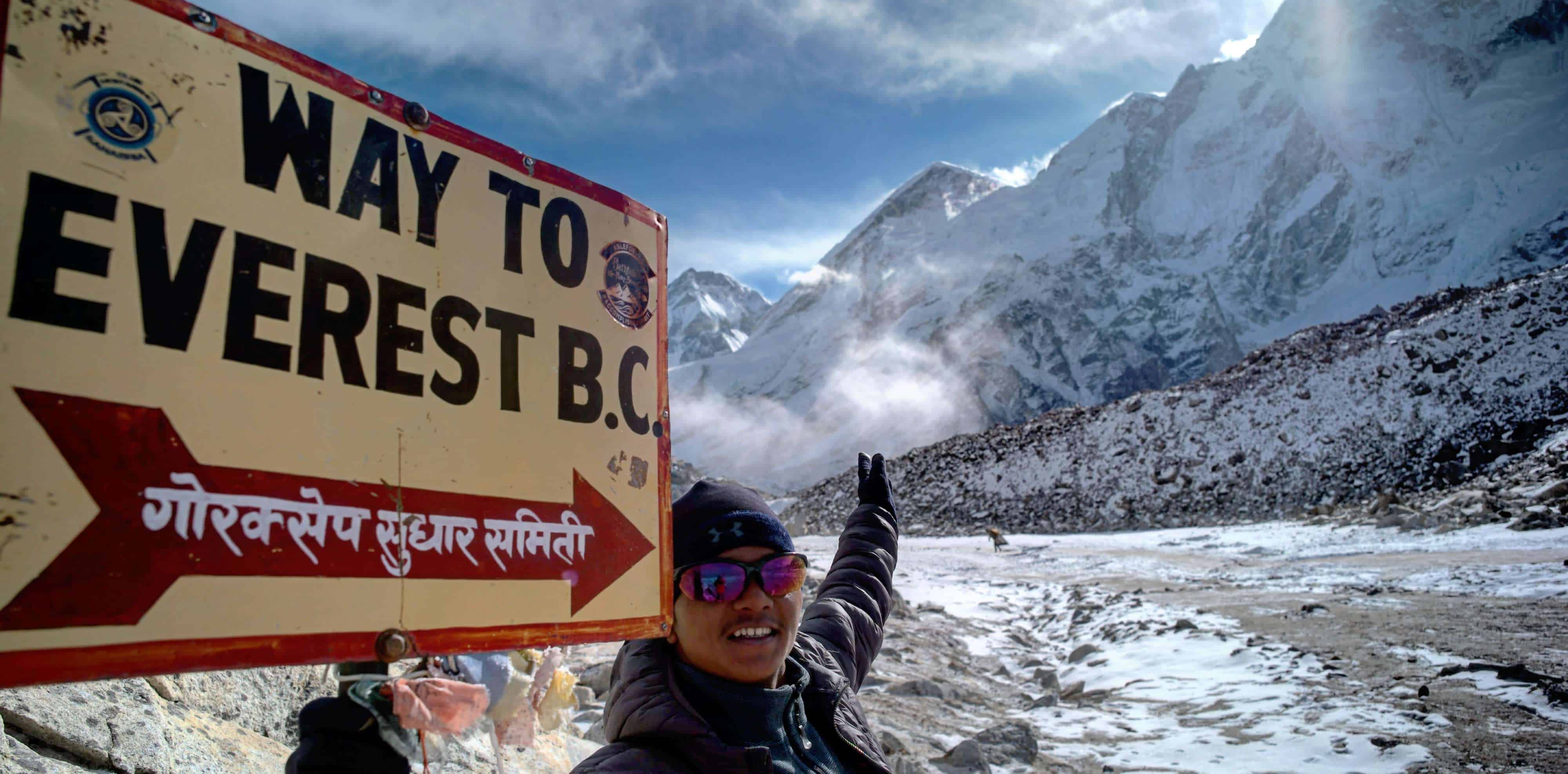
Sep 20, 2022
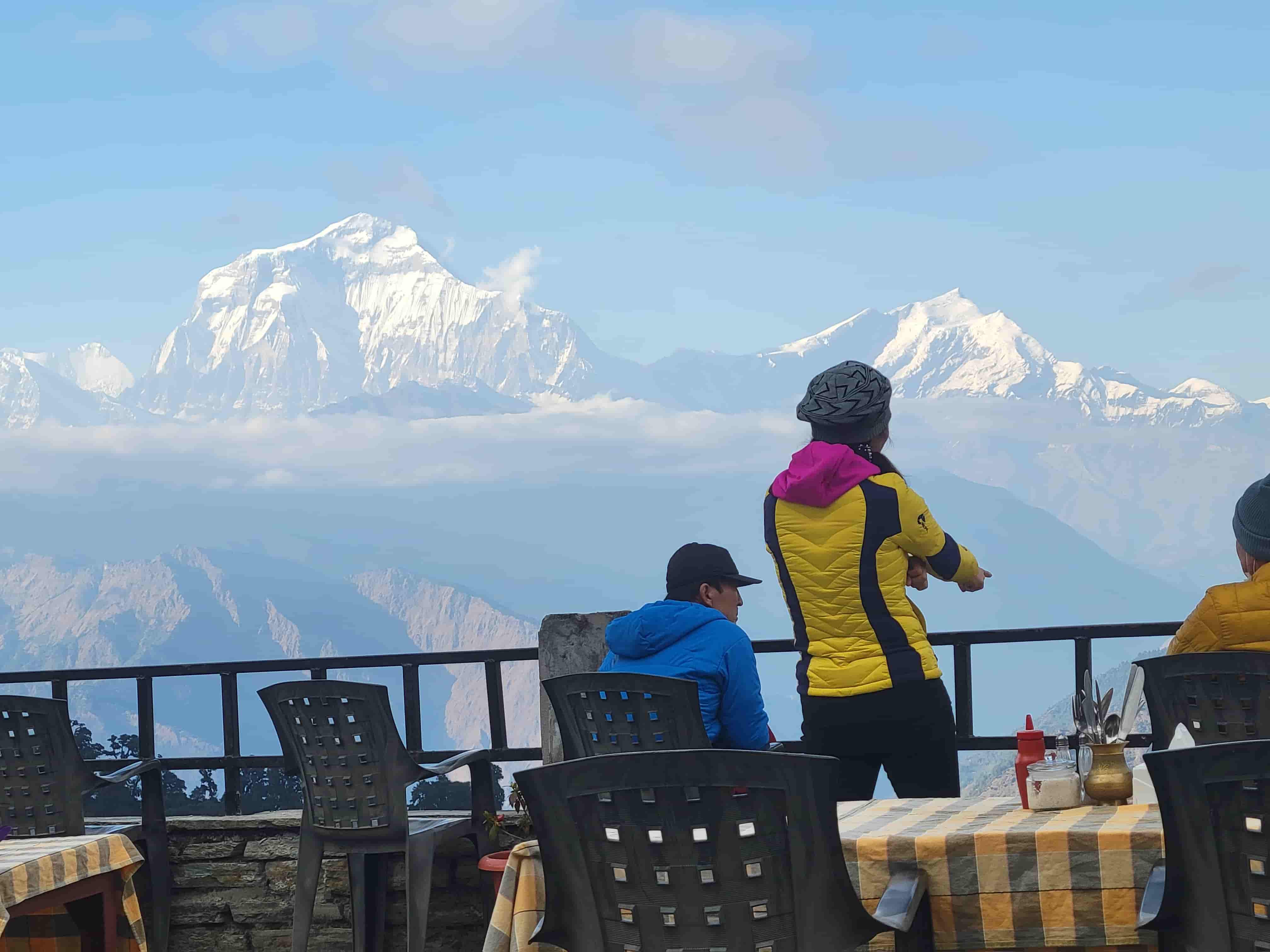
Jan 03, 2023
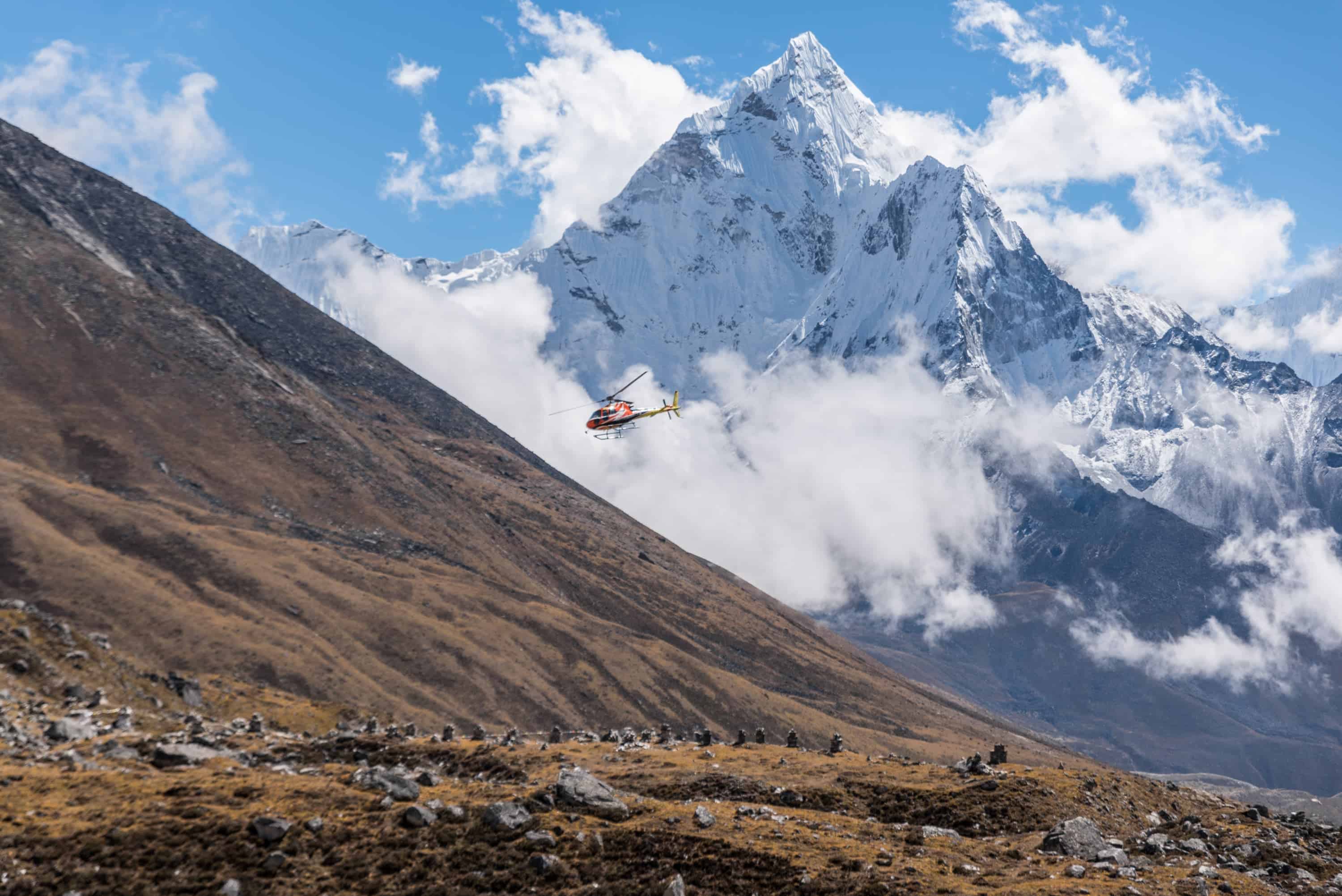
Feb 03, 2023
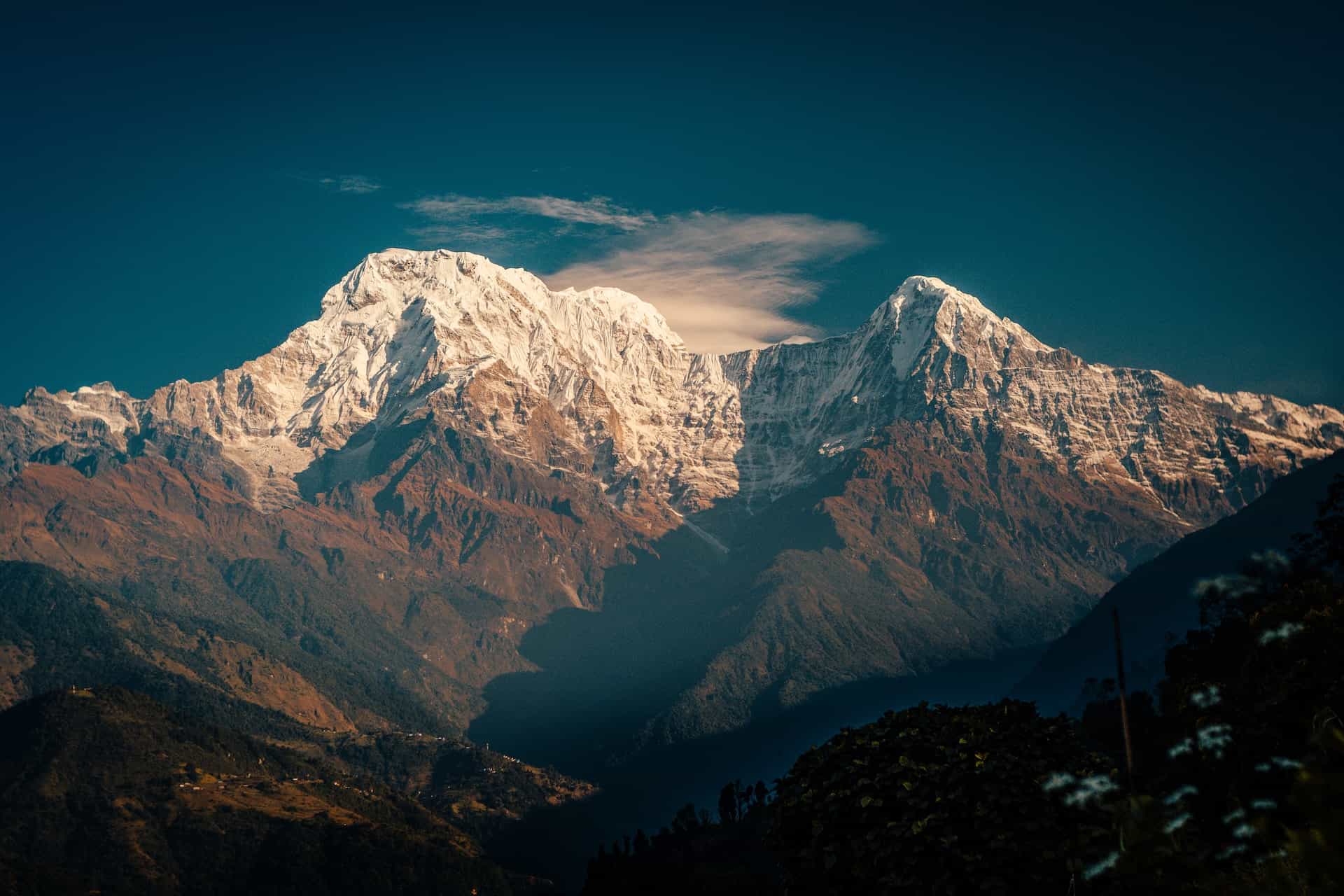
Feb 23, 2023
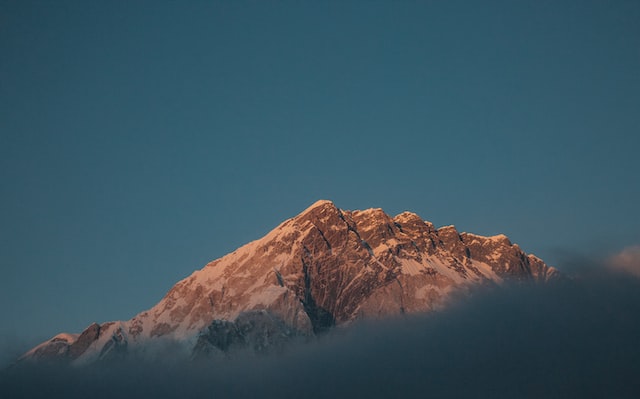
Mar 03, 2023
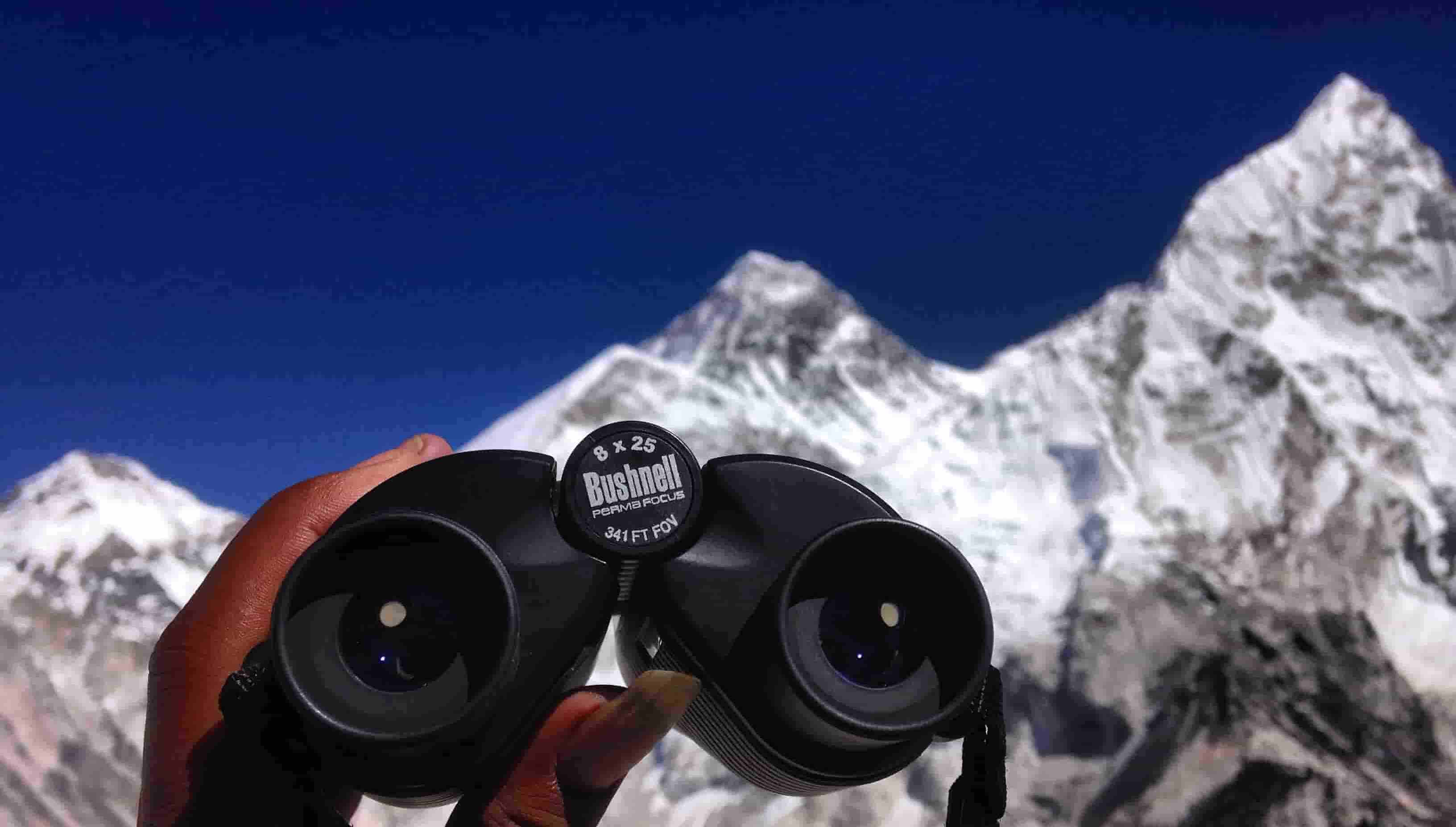
Mar 14, 2023
Mar 20, 2023
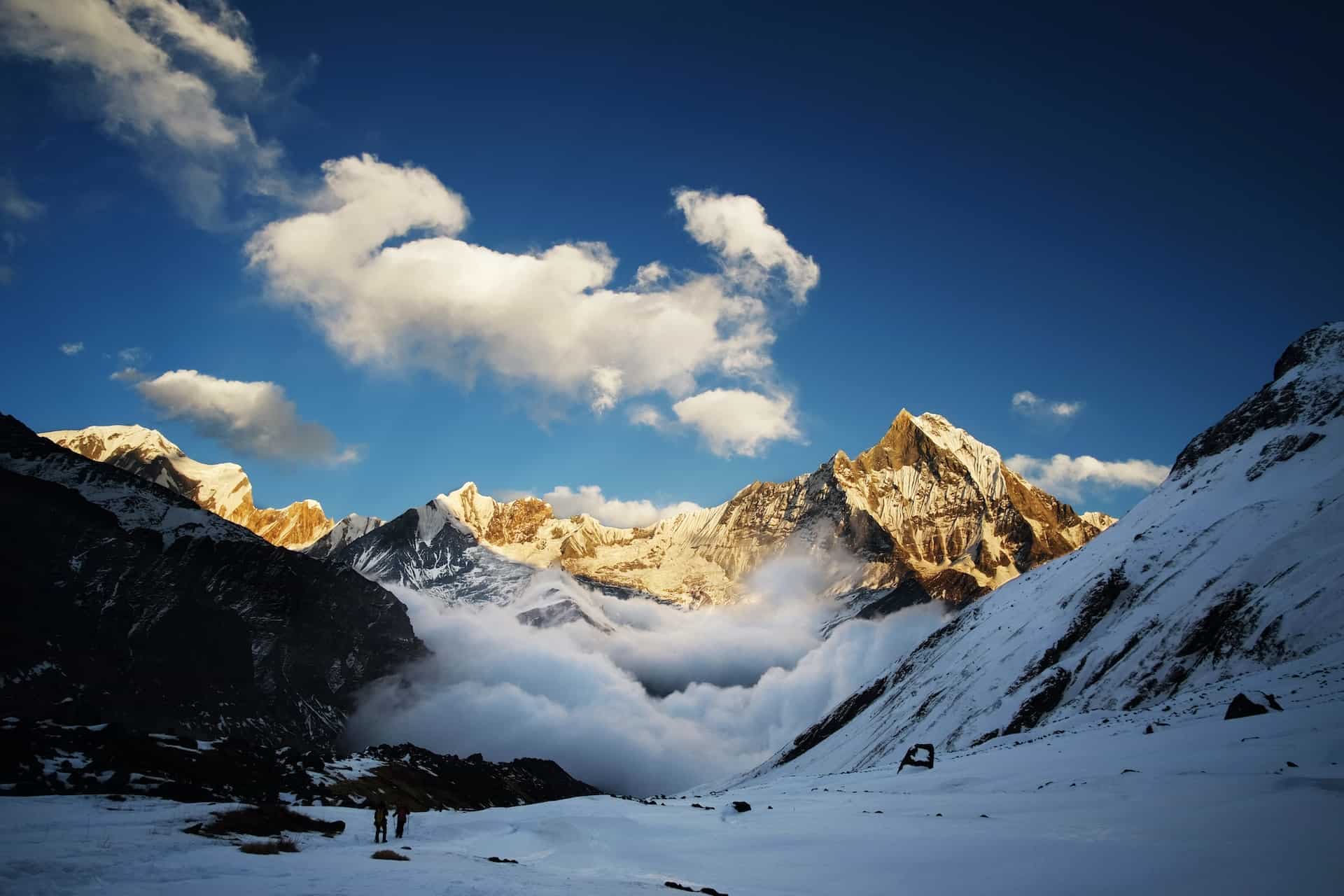
Mar 28, 2023
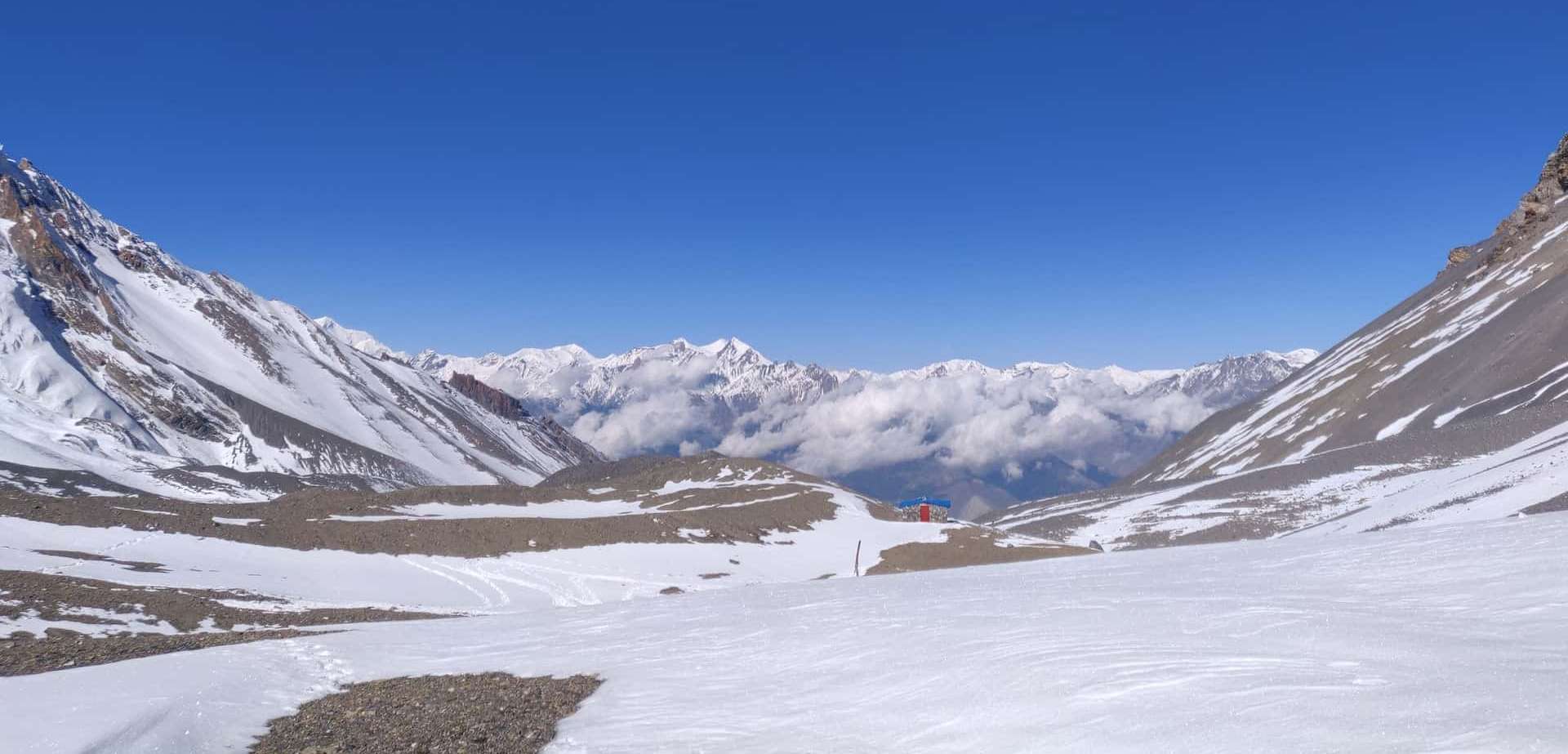
Apr 06, 2023
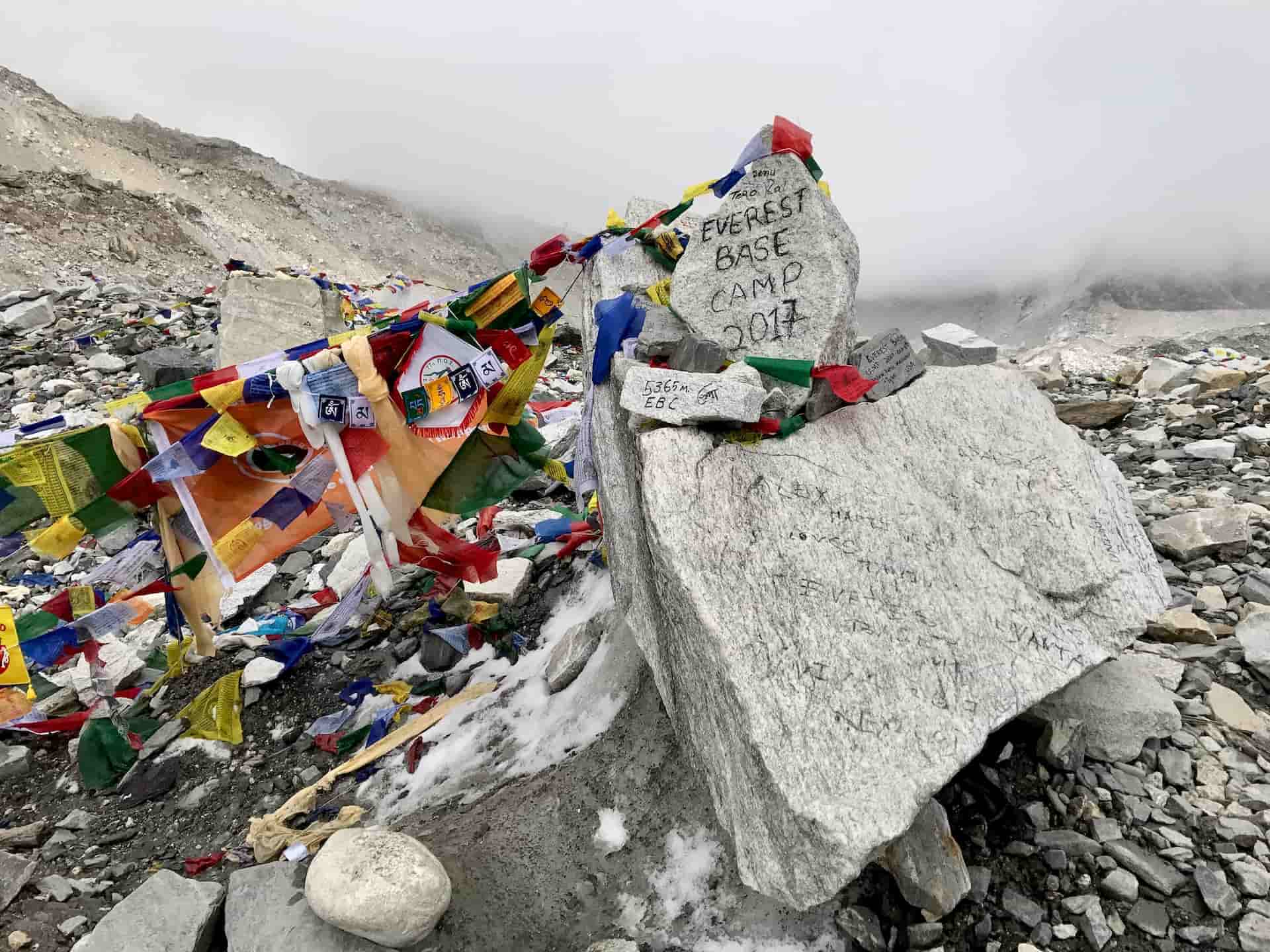
Jul 31, 2023
